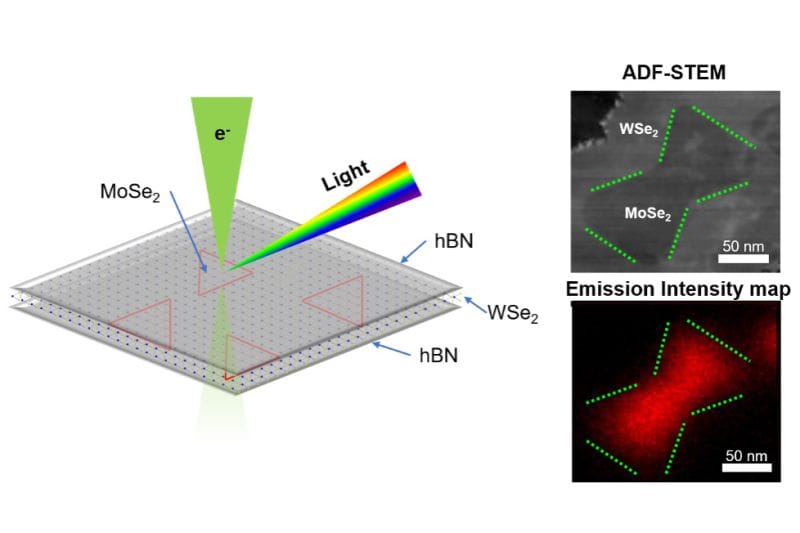RSS feed source: National Science Foundation
The U.S. National Science Foundation has announced a $25.5 million investment to support fundamental research and workforce development aimed at enabling future generations of U.S. manufacturing. This year’s awards will support seven research grants and nine seed projects across 36 institutions and companies through the NSF Future Manufacturing (NSF FM) program.
The NSF FM program focuses on areas such as biomanufacturing, cyber manufacturing and ecomanufacturing, with some efforts exploring intersections with quantum manufacturing. The program emphasizes convergence, bringing together teams from across disciplines to create new, potentially transformative manufacturing capabilities, going far beyond improvements to current manufacturing processes.
“The FM program targets critical technical gaps and lays the foundation for emerging sectors, including technologies that haven’t yet been imagined,” said Brian Stone, performing the duties of the NSF director. “NSF is investing in teams that bring together scientific, engineering and manufacturing expertise to equip the American workforce for leadership in advanced manufacturing.”
This year’s FM awards include:
Seven research grants, each receiving up to $3 million over a four-year period, to support multidisciplinary teams conducting fundamental research to enable new manufacturing capabilities, materials, or systems. Projects span a range of topics, including bioengineering in resource-constrained environments, “recyclofacturing” using artificial intelligence to create products from metal scrap, and using robotics and digital twins for additive manufacturing of multi-material systems.Nine seed grants, each receiving up to $500,000 over
Click this link to continue reading the article on the source website.



